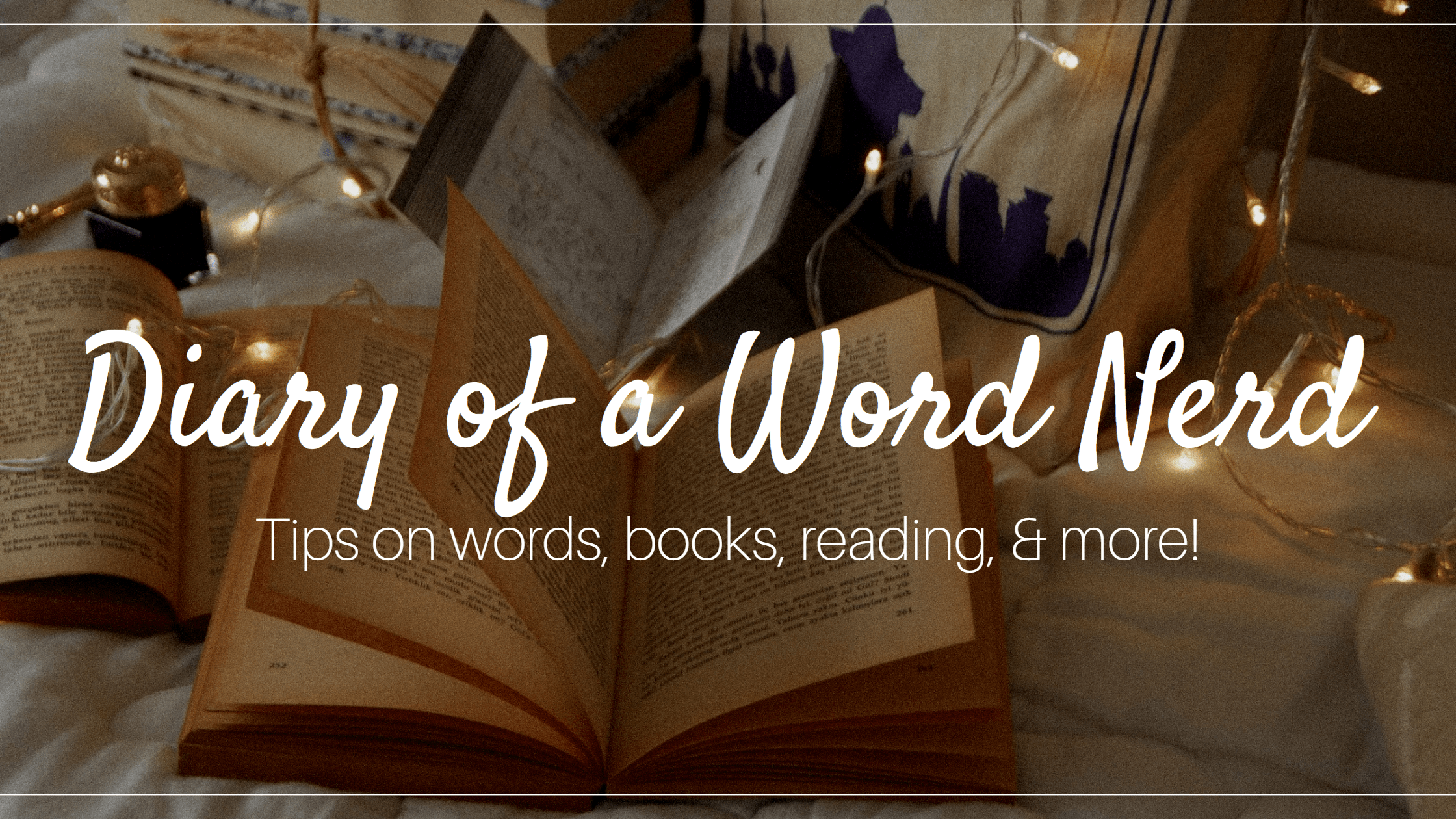Poetry.
Does this word make you smile, or cringe?
Word nerds should love poetry. It’s concentrated language, without all of the articles and prepositions to interrupt the flow. With poetry we hear the rhythms, the musical quality of words. Remember iambic pentameter?
My husband does not share my enthusiasm for poetry. During college, I read him profound lines of Keats or Wordsworth, hoping to foster some interest. Invariably, he wrinkled his brow, shook his head, and went back to memorizing the structure of Benzene rings.
Nevertheless, I suggested that our wedding ceremony include a poem. I knew the perfect piece: Shakespeare, Sonnet 116, the one I’d memorized for class:
Let me not to the marriage of true minds
Admit impediments; Love is not love
Which alters when it alteration finds,
Or bends with the remover to remove.
O, no, it is an ever-fixed mark
That looks on tempests and is never shaken;
It is the star to every wand’ring bark,
Whose worth’s unknown, although his height be taken.
Love’s not Time’s fool, though rosy lips and cheeks
Within his bending sickle’s compass come;
Love alters not with his brief hours and weeks,
But bears it out even to the edge of doom.
If this be error and upon me proved,
I never writ, nor no man ever loved.
The enduring power of love. Perfect, right? My betrothed did not think so. “Nobodywill understand it,” he argued. So, I went with the more modern, less cryptic, Elizabeth Barrett Browning, Sonnet 43:
How do I love thee? Let me count the ways.
I love thee to the depth and breadth and height
My soul can reach, when feeling out of sight
For the ends of being and ideal grace.
I love thee to the level of every day’s
Most quiet need, by sun and candle-light.
I love thee freely, as men strive for right.
I love thee purely, as they turn from praise.
I love thee with the passion put to use
In my old griefs, and with my childhood’s faith.
I love thee with a love I seemed to lose
With my lost saints. I love thee with the breath,
Smiles, tears, of all my life; and, if God choose,
I shall but love thee better after death.
 Fortunately, I’ve had better influence over my children. When I pull out Julie Andrews’ Collection of Poems, Songs, and Lullabiesat bedtime, they cheer. (My husband leaves the room.) Andrews gathered a wonderful and varied collection of poetry, including pieces from Shakespeare to Silverstein, Dickens to Dickenson. She grouped the poems by categories like “Growing Up”, “Talk to the Animals,” and “Accentuate the Positive.” There are short and funny selections mixed with longer, more thoughtful verse.
Fortunately, I’ve had better influence over my children. When I pull out Julie Andrews’ Collection of Poems, Songs, and Lullabiesat bedtime, they cheer. (My husband leaves the room.) Andrews gathered a wonderful and varied collection of poetry, including pieces from Shakespeare to Silverstein, Dickens to Dickenson. She grouped the poems by categories like “Growing Up”, “Talk to the Animals,” and “Accentuate the Positive.” There are short and funny selections mixed with longer, more thoughtful verse.
The current favorite: a fun little poem called I Didn’t Eat Your Ice Cream, by Jack Prelutsky. And we all chuckle at a good Shel Silverstein.
I like it best when the kids read poems to me. Reading poetry aloud forces them to find the right rhythms, the places to pause and add emphasis. Frequently when reading prose aloud, they rush and skip words. But with a poem, if they miss a word, it ruins the rhythm, which naturally cues them to go back and try again. (And I don’t have to nag…)
I’m pulling out the poetry more these days in honor of National Poetry Month. The American Academy of Poets established the tradition in 1996 to celebrate poetry and its importance in our culture. At www.poets.orgyou can find resources and programs, or sign up to receive one poem each day in April!
Hopefully sharing poetry with my kids will help them enjoy reading it, even if it’s not April. Better yet, they might feel inspired to WRITE some… I think it’s working on my daughter… more on that next week.
Do you have a favorite poem or book of poems to recommend? Do you remember reading poems as a child? Please share in the comments below.
My favorite poem from childhood: Jimmy Jet and his T.V. Set by Shel Silverstein. I had to memorize it and recite it in sixth grade, in front of a video camera! Yikes!
More useful Links:
Julia










